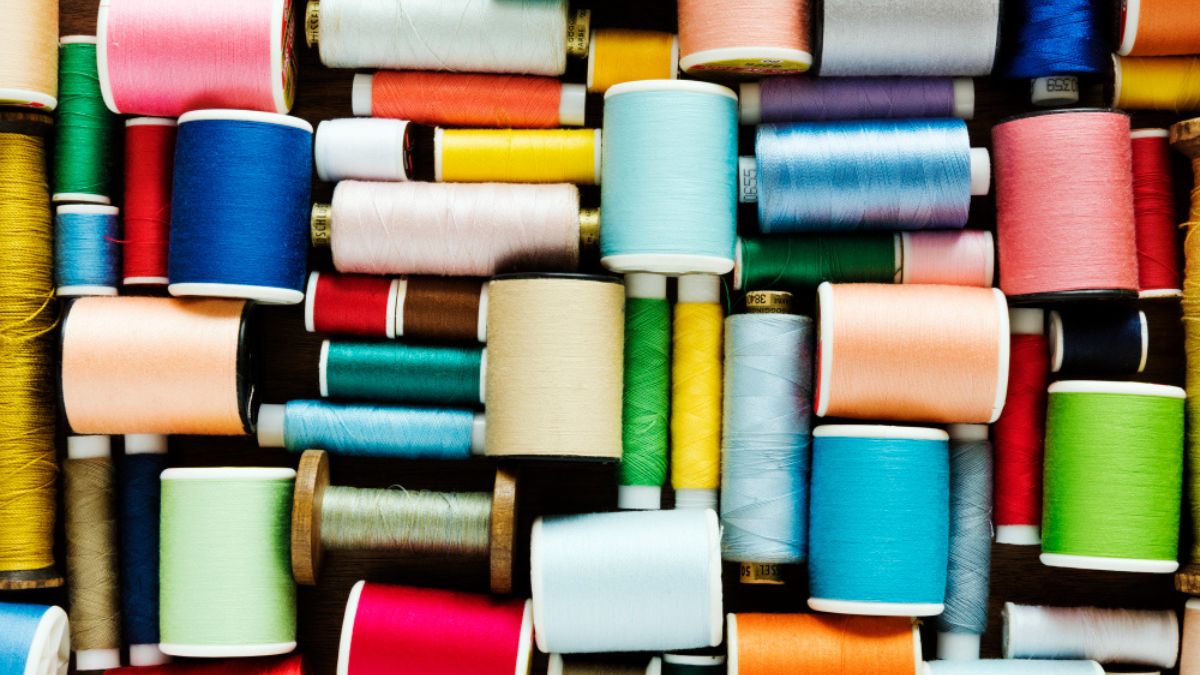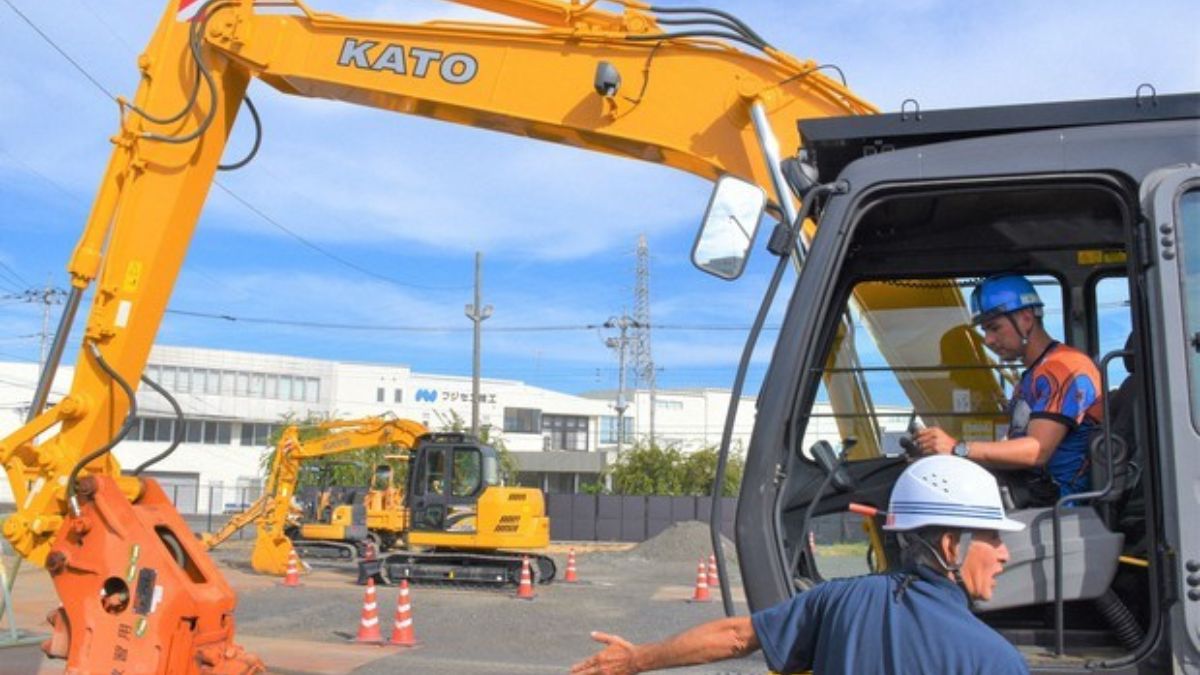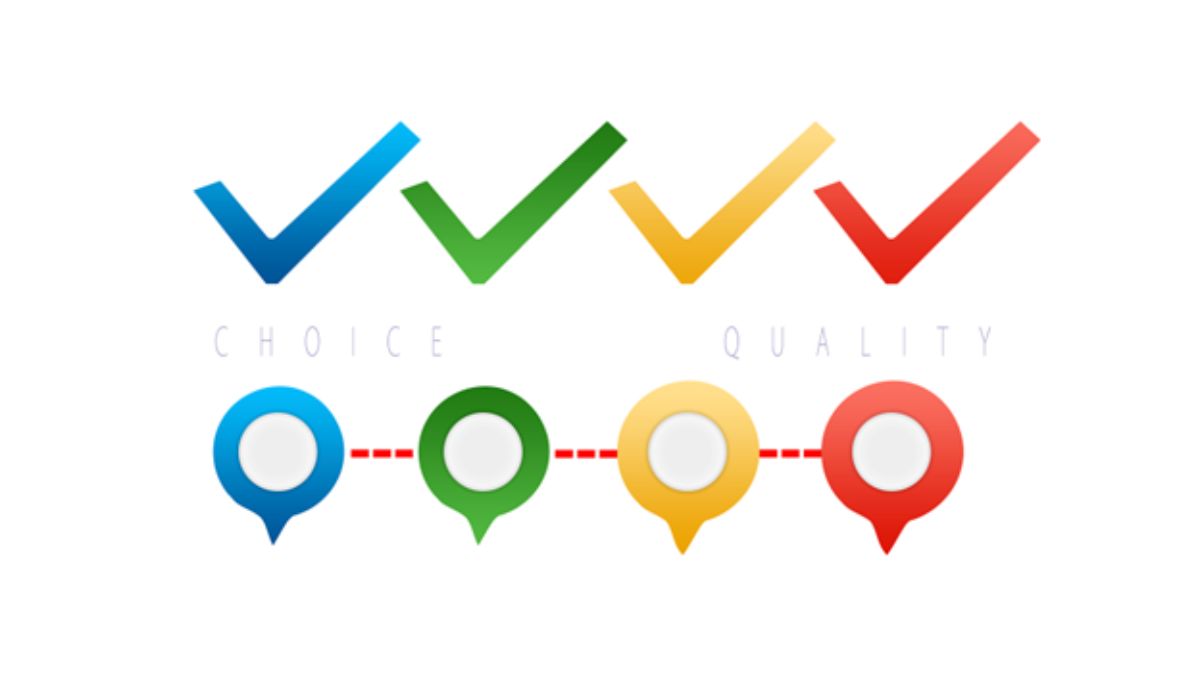Textiles play an essential role in our everyday lives—from the clothes we wear to the sheets we sleep in and the upholstery on our furniture. But have you ever wondered how these fabrics come to be? The journey from raw material to finished textile is a complex process that combines tradition, innovation, and precision. Let’s go behind the seams to explore how textiles are made.
1. Raw Material Selection
The textile manufacturing process begins with the selection of raw materials, which fall into two categories: natural fibers and synthetic fibers.
- Natural fibers come from plants (cotton, flax, hemp) or animals (wool, silk).
- Synthetic fibers are man-made, typically derived from petrochemicals—such as polyester, nylon, and acrylic.
Each fiber type has unique qualities that influence the fabric’s strength, texture, durability, and use. For example, cotton is breathable and soft, making it ideal for clothing, while polyester offers moisture resistance and durability, suitable for outdoor or performance fabrics.
2. Spinning: Turning Fibers into Yarn
Once harvested or produced, raw fibers undergo cleaning to remove impurities like seeds, oils, or dirt. After cleaning, the fibers are carded—a process that detangles and aligns them into thin strands called slivers.
The slivers are then spun into yarn using spinning machines. During spinning, the fibers are twisted together to form a continuous thread. The level of twist and thickness can be adjusted to create different types of yarns. This step is essential in determining the final fabric’s texture and strength.
3. Weaving or Knitting: Forming the Fabric
With yarn prepared, the next step is fabric construction. This typically occurs through weaving or knitting:
- Weaving involves interlacing two sets of yarns—warp (lengthwise) and weft (crosswise)—on a loom. It produces fabrics like denim, canvas, and linen.
- Knitting involves creating loops of yarn in rows. It results in stretchier, more flexible fabrics like jersey, often used in t-shirts and sportswear.
Each method results in different fabric characteristics. Woven fabrics tend to be more rigid and structured, while knitted ones are soft and elastic.
4. Wet Processing: Cleaning, Dyeing, and Finishing
After the fabric is constructed, it undergoes a series of wet processing steps to achieve its desired look and feel.
- Scouring: A deep cleaning process to remove residual oils, waxes, and dirt.
- Bleaching: Lightens the fabric by removing natural color—especially important before dyeing.
- Dyeing involves applying colorants to the fabric or yarn through methods ranging from traditional immersion techniques to advanced digital printing. Maintaining even, bubble-free dye application is crucial here—silicone defoamer manufacturers play an important role by supplying agents that prevent foam buildup during this stage, ensuring consistent color distribution and process efficiency.
- Finishing: This step enhances performance and appearance. Finishes can be mechanical (like calendaring for smoothness) or chemical (like water-repellent coatings, flame retardants, or wrinkle resistance).
These treatments not only improve aesthetics but also determine how the fabric will perform in real-life conditions.
5. Quality Control and Testing
Before being shipped for commercial use, textiles undergo stringent quality control checks. These tests measure factors such as:
- Tensile strength
- Colorfastness
- Shrinkage
- Abrasion resistance
Defective fabrics are removed, ensuring only top-quality materials make it to the market. This step is critical in maintaining industry standards and consumer satisfaction.
6. Sustainability and Innovation in Textile Production
With increasing awareness of environmental impact, many manufacturers are adopting eco-friendly practices in textile production. This includes:
- Using organic fibers (like organic cotton)
- Recycling synthetic materials (such as PET bottles for polyester yarn)
- Implementing closed-loop systems that reuse water and chemicals
- Opting for natural dyes and low-impact finishing techniques
Innovation has also introduced smart textiles, which integrate technology into fabrics—such as moisture-wicking materials, temperature-regulating fabrics, and even textiles embedded with sensors for medical or athletic use.
7. From Factory to Fashion
Once the fabric is complete, it’s sold to designers, brands, and manufacturers who transform it into clothing, home goods, or industrial textiles. Every item we use—be it a scarf, a curtain, or a tote bag—has passed through this intricate process, often involving multiple countries and supply chains.
Final Thoughts
The textile manufacturing process is a fascinating blend of age-old techniques and modern technology. From growing cotton fields to high-tech spinning machines and eco-conscious finishing, the journey behind every fabric is layered with complexity and care.
Next time you slip on your favorite shirt or curl up in a blanket, take a moment to appreciate the unseen craftsmanship that went into making it. Behind the seams lies a world of innovation, precision, and artistry.






